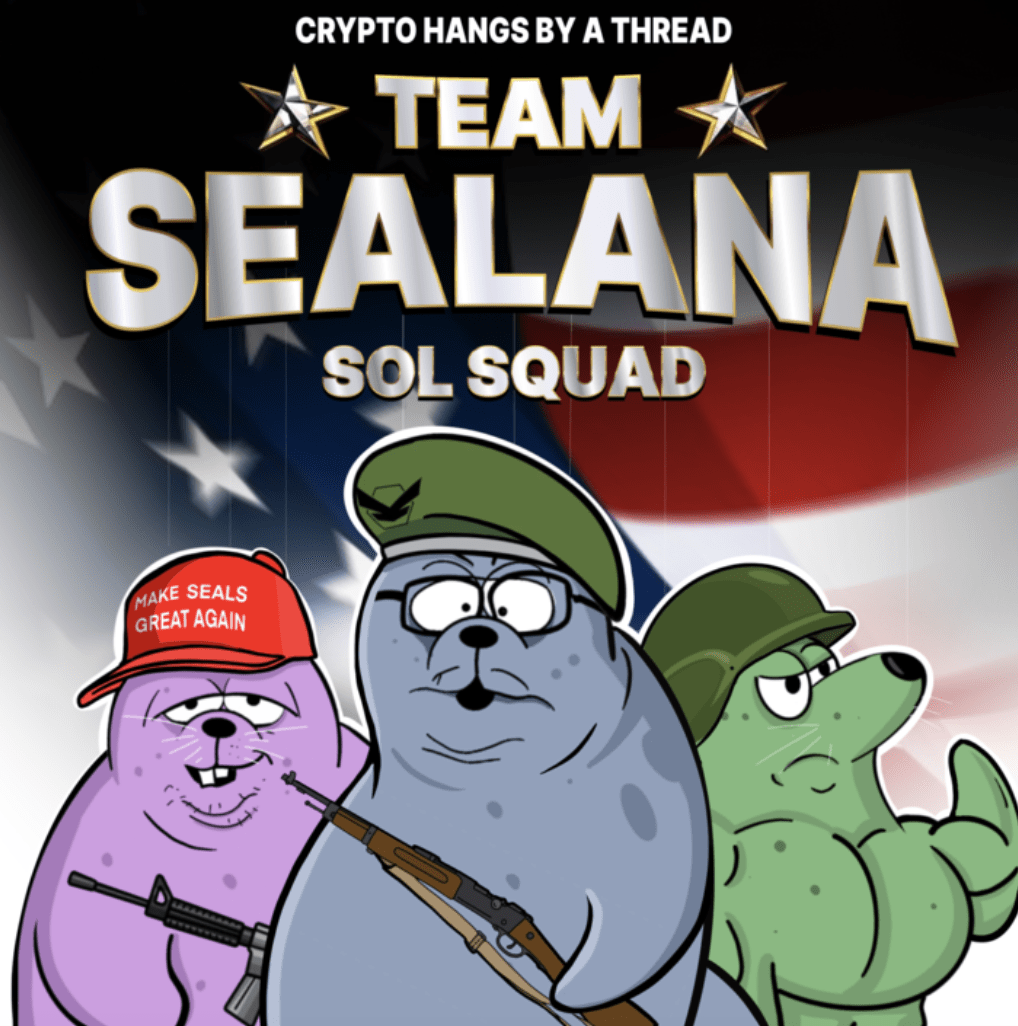Table of Contents
The team behind Tellor is facing accusations of market manipulation after the price of the protocol’s TRB token registered a staggering 172% in a single day.
However, all the gains were wiped out in a single hour of trading on the 31st of December, plummeting from $619 to $136.
Accusations Of Market Manipulation
Accusations and concerns about market manipulation surfaced after the TRB token was thrust into the limelight, thanks to a staggering price increase of 172%. The relatively unknown token reached an all-time high of $619 before plummeting back to $139 in hours. The price spiked from $213 to $630 in just over 8 hours on the 31st of December. After a brief period of consolidation, the token’s price dropped to under $200, falling as far as $120.
Suspicions were further raised about the trading activity after data from Etherscan showed that the Tellor team transferred around 4211 TRB worth roughly $2.4 million at the time to a Coinbase wallet just as the price began to spike. The price drop resulted in $68 million worth of liquidations, according to data sourced from CoinGlass. However, blockchain analytics firm Spot On Chain stated that the price swings could be attributed to 26% of TRB’s circulating supply being distributed between 20 whale wallets.
According to Spot On Chain, the group of whale wallets began buying TRB tokens and have gradually been depositing their holdings in centralized exchanges, amid possibly artificial price movements, to lock in significantly higher profits.
“Among the 2.5M TRB in circulation, about 1.7M is on exchanges, and 660K is held by a group of 20 whales. The group of whales accumulated these tokens in August and September at a favorable price of $15… Over the past two months, the whales have slowly deposited their tokens onto exchanges, creating a pump-and-dump cycle to liquidate their holdings.”
Caught In The Crossfire
Several decentralized perpetual trading protocols were impacted as a result of the developments. This included Synthetix and Hyperliquid. SNX stakers faced considerable losses following the TRB token’s sudden and erratic price movement. In a post on X, Synthetic founder Kain Warwick confirmed that Synthetix stakers had suffered losses of up to $2 million. According to Warwick, this was reportedly due to a failure of the automated risk parameters on the decentralized protocol. The parameters failed to recognize that the TRB price was being actively manipulated.
Warwick had stated that TRB had a $250,000 open interest cap. This had risen to $12.5 million as the price increased over the preceding months. Tellor set the open interest cap against TRB instead of a fixed notional USD amount. This meant traders could continue to take outsized bets on decentralized derivatives contracts.
“Several short positions were opened as the price spiked today, and with the dislocation of spot and perp prices, there was no arb to balance it. This should have been adjusted back down, but risk controls were lax, and there was diffusion of responsibility. The Spartan Council is responsible for params, though.”
Warwick concluded that risk management on decentralized perpetual exchanges such as Synthetix should be baked in and could not be resolved using traditional dispute resolution mechanisms.
“Either you build a robust decentralized trading venue and live by your risk controls, or you are just larping as a DEX. I look at these kinds of incidents as the cost of being a dex.”
Could Synthetix Have Avoided Loss?
Omar Goldberg, Chaos Lab founder, suggested that the incident could have been averted if the open interest limit had been set using a fiat currency value.
“It looks like the team set the OI caps denominated in TRB tokens, not the notional USD value, fully exposing the market to the TRB pump. Across six hours… the cap ballooned ~50x, from USD 250K to 12.5M USD at the pump’s peak.”
Synthetix’s Adam Cochran agreed with this assessment and advocated introducing a dual cap system with limits set according to a native token and USD pricing.
Disclaimer: This article is provided for informational purposes only. It is not offered or intended to be used as legal, tax, investment, financial, or other advice.
Investment Disclaimer










